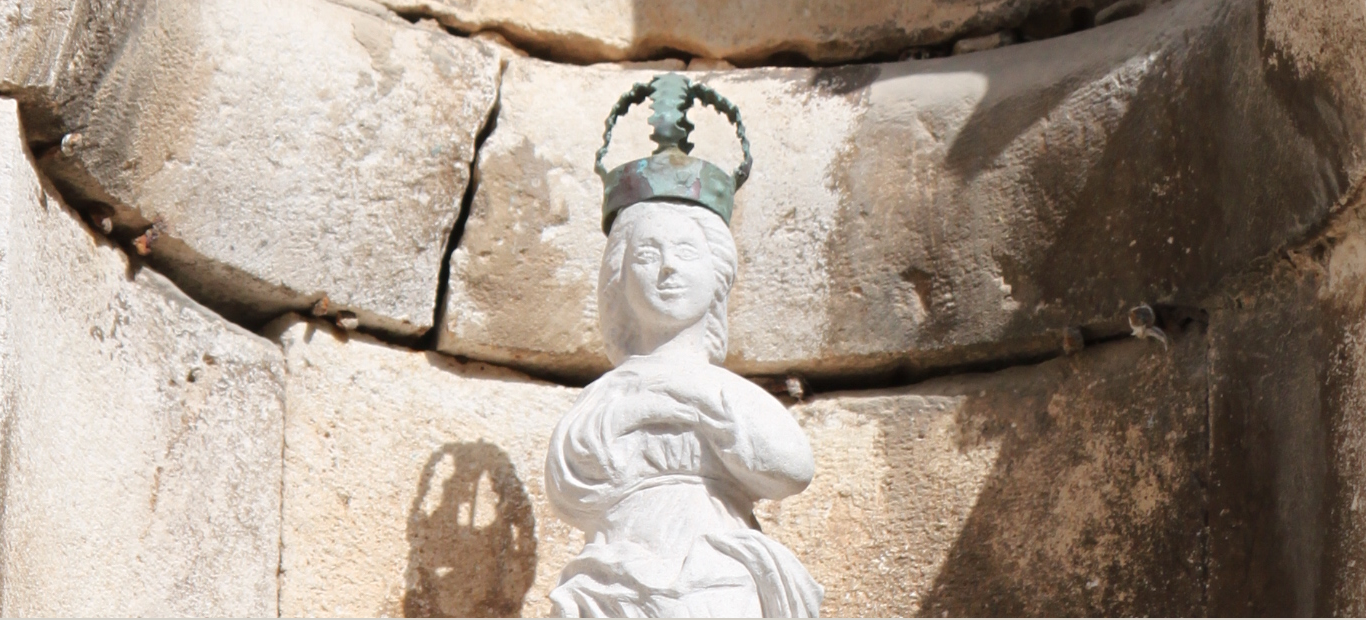(I really ought to add a numeral to the title there because this is unlikely to be the single entry on this topic. But let’s see how far we get here first.)
First, an excerpt:
It doesn’t matter if you don’t like reading, as long as you like gambling. A simple deck of cards will do as a mnemonic, so let’s revise the way things stand.
To survey the world, we begin with everything there is. This is terra firma (the ground), the suit you always play by the same rules, the one you can rely on.
Besides everything there is there’s everything there was, everything there could be, might be, or could have been, and everything else you can think of. This is terra effera (the wilderness), the suit that can be played every which way, the one that drives you mad.
Those two make half. The rest is everything there isn’t, everything that’s not, and so the third suit is never played.*
Now the point of any game is winning, except for castle which is played like a game but cannot be won. This is why we have the fourth suit, hortus (the garden), which is a valid part of the deck. Whether hortus can be played or not is a matter of philosophy.
(* I am told that in some decks the third suit is labelled terra lactea (the desert). If this is true they rather miss the point, and must be played by halfwits. I have no further comment on this matter.)
— Pons Mejar, The Limits of Wilderness. St Istvan, Anno Dominae 539. (first edition)
Next, a reference:
I would argue that the key to understanding these people is not so much in detecting or anticipating deception in their work, but in approaching them as a fundamentally upside-down society. With the kind of symbolic but also physical barrier they built around themselves, we need to assume that they also wrote for themselves and did not, as some of our brethren would insist, craft one story of their life for curious foreigners while enacting a different one in private.
In private — intra muros, if you will — is all there is. And intra muros there is, if not outright lunacy, then certainly nothing analogous to our way of life, our order and structure, despite superficial resemblances. If you wish to learn their literature, it is said, and rightly so, you need to read their military memoirs. And if you wish to learn their ethics, I put to you, you need to read their manual of style.
The most frequently published book prior to Mary’s reign is no scripture, no law, but an essay on fables entitled “The Borders of Chaos”. Until — or rather unless you read this screed which considers anything told or retold as real as waking life, and accept that this is how the liars think — you will not understand any other document they left behind, no matter how official.
Read this, then read anything of theirs again.
— Little Brother Parasimon, The Ethics and Philosophy of Liars’ Laws. High College of St Sawlon and St Agathon. Anno Domini Victor 952.
And now, some background:
While reputations of State families are largely earned, none of them go further back than five-six generations no matter what they claim. Where the Mejar are concerned it is true that they are traditionally and, as far as records go, consistently producing artists, but it wasn’t until Pons (AD 1852-1922 by the old calendar, AD 507-577 by the new) that they shot up into stardom. And while she is best known for The Limits of Wilderness, to the point that her other work is virtually ignored, she started off as a fiction writer.
The Choir archives four plays in her name of which three are edits and one original, a common distribution for her time. All were written between her nineteenth and twenty-second year and each has a modest number of subsequent edits, including the original, which puts Pons Mejar the dramatist in the successful half of her peers’ output. Despite that, the four were all she wrote — and all she’ll ever write of fiction — until her early thirties, which is when the Wilderness comes out.
More has been written about Pons than she ever wrote herself; indeed, even her books of theory only count six items. It will come as no surprise to you, then, to learn that there are numerous theories with no clear winner as to what had moved her to turn her mind towards philosophy. (Nor to learn that she refused to answer; it would be innacurate to claim she distanced herself from the Wilderness because of the pressure or the criticism, but she never hid resentment that this one slim volume eclipsed anything else she might ever want to say.) And among these theories there’s a tendency to focus on, or imagine, a single incident that would lead to her conclusions.
(Pons would’ve undoubtedly found this ironic, or simply laughable.)
So what is the thesis of The Limits of Wilderness?
Ah. Stay tuned!
